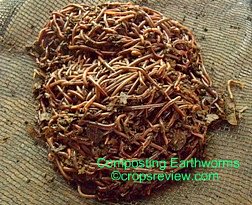Edible mushrooms, those wonderful saprophytic fungi, can be produced within the backyard at the same time that household wastes, sweepings, and other biodegradable materials are deliberately converted into compost through vermicomposting.
Vermicomposting is the process of producing organic soil supplement, called vermicompost, through the use of earthworms like the African night crawler or wriggler (Eudrilus eugeniae).
This technology was popularized in the Philippines by Dr. Rafael Guerrero III.
Normally, edible mushrooms are hunted during the rainy season.
We used to do this, usually from June to August, in our “playground” that is bounded to the west by the Silway River in General Santos City.

